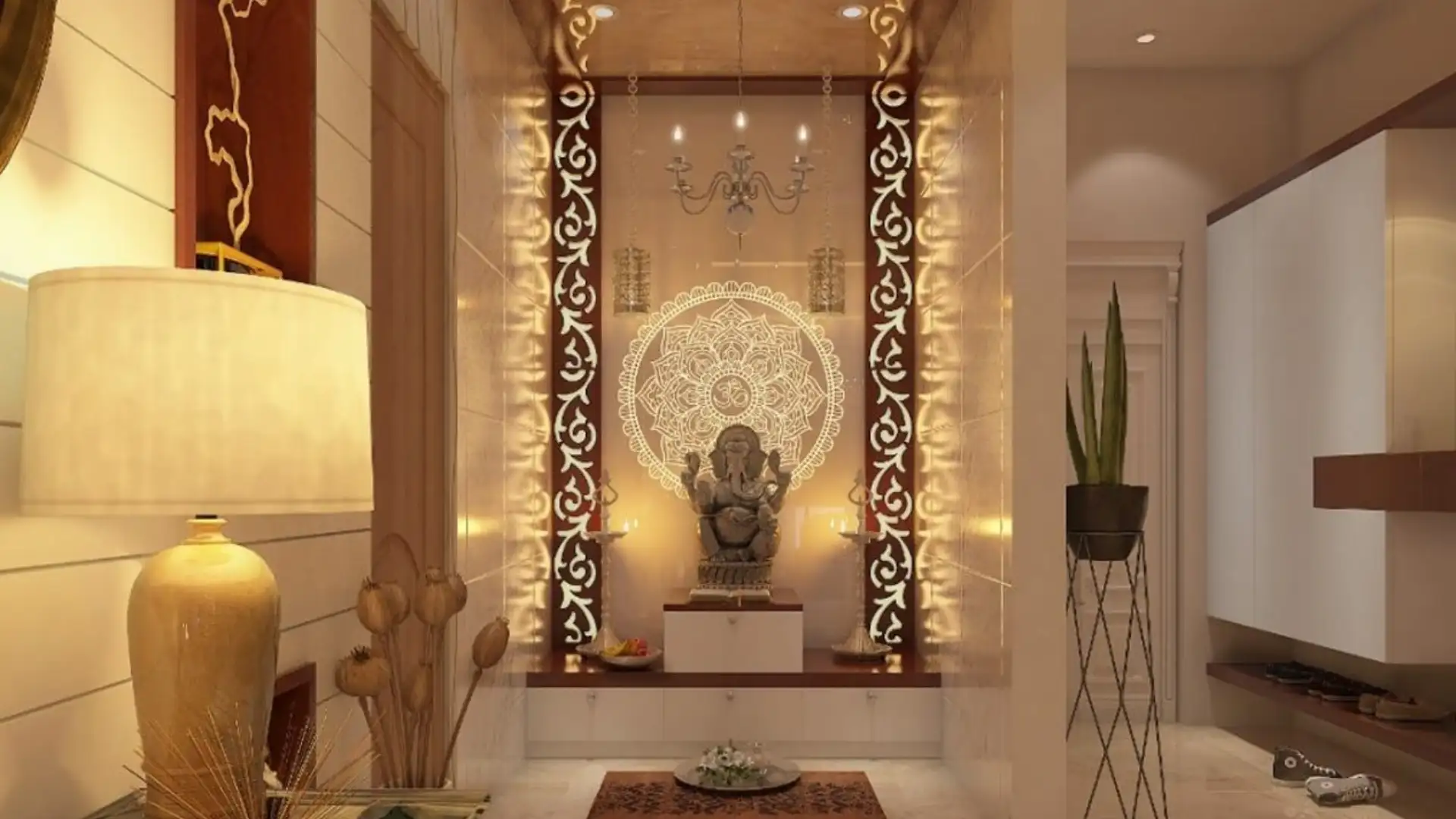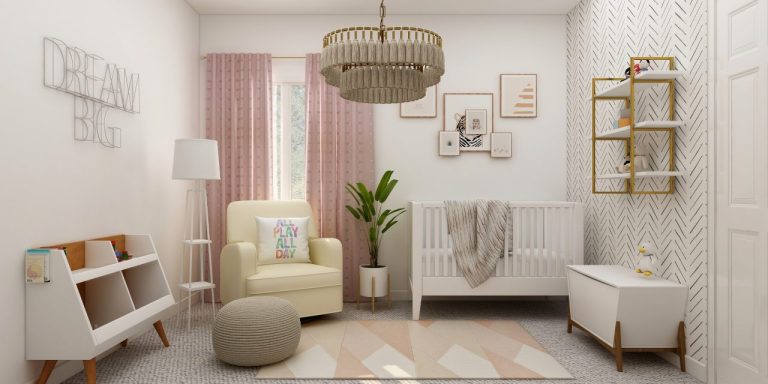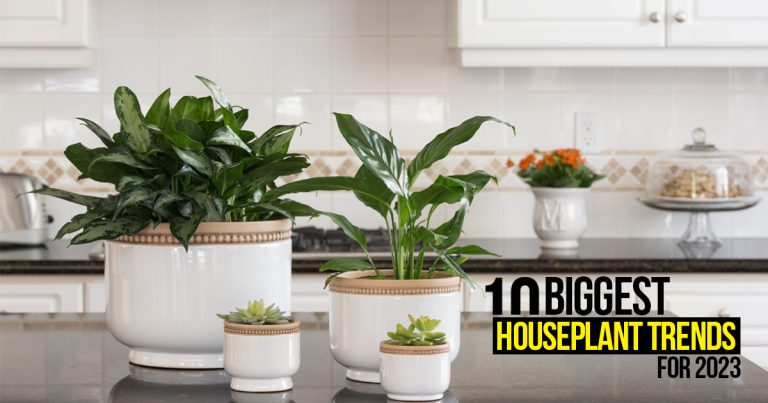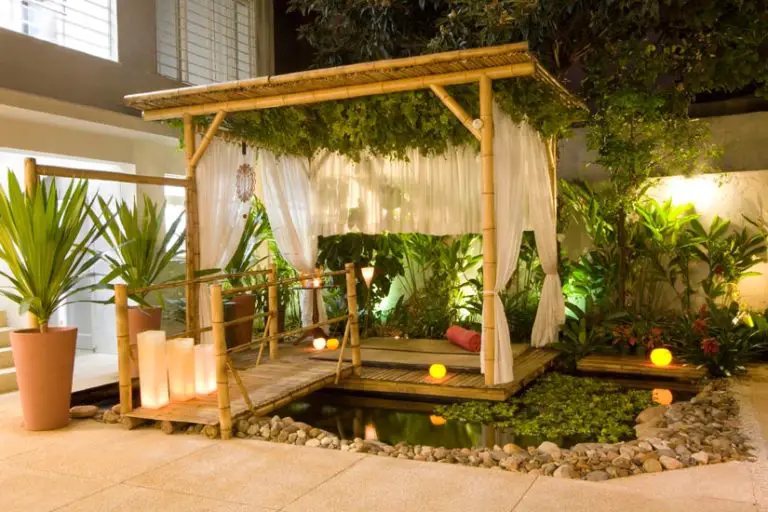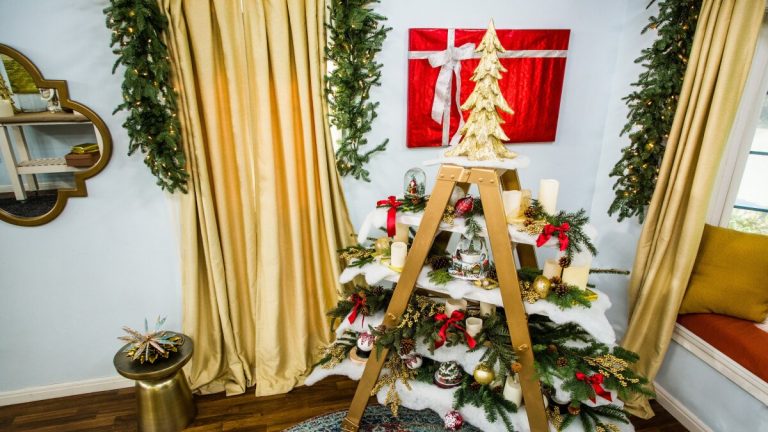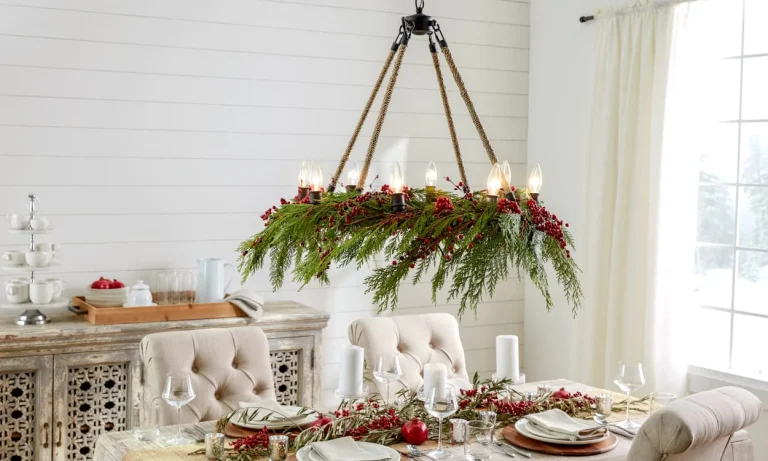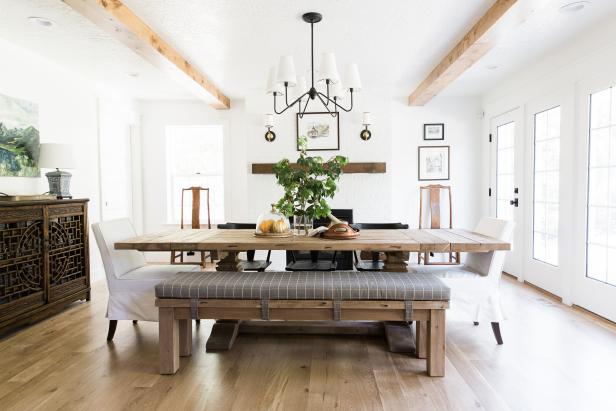How to Decorate Puja Place
The puja room is the most important part of the house for any Hindu family. It is the place where we worship our gods and goddesses. The puja room should be decorated with care and attention to detail.
Here are some tips on how to decorate your puja room.
- Choose a clean, spacious room to use as your puja place
- A room with an altar or shrine already set up is ideal
- If you don’t have a dedicated puja room, create a space in your home that can be used solely for worship
- This might be a corner of your living room or bedroom
- Place a small table or shelf in the puja area and cover it with a clean cloth
- This will be the surface on which you’ll place your deity’s statue or picture, along with any other offerings (flowers, fruits, etc
- Set up your deity’s statue or picture on the table/shelf, along with any other offerings you wish to make
- Be sure to arrange everything in an aesthetically pleasing way
- 5 lighting candles and incense in front of the deity is traditional and creates a nice ambiance for worshiping; however, it’s not required
- If you do choose to light candles/incense, always use caution and never leave them unattended
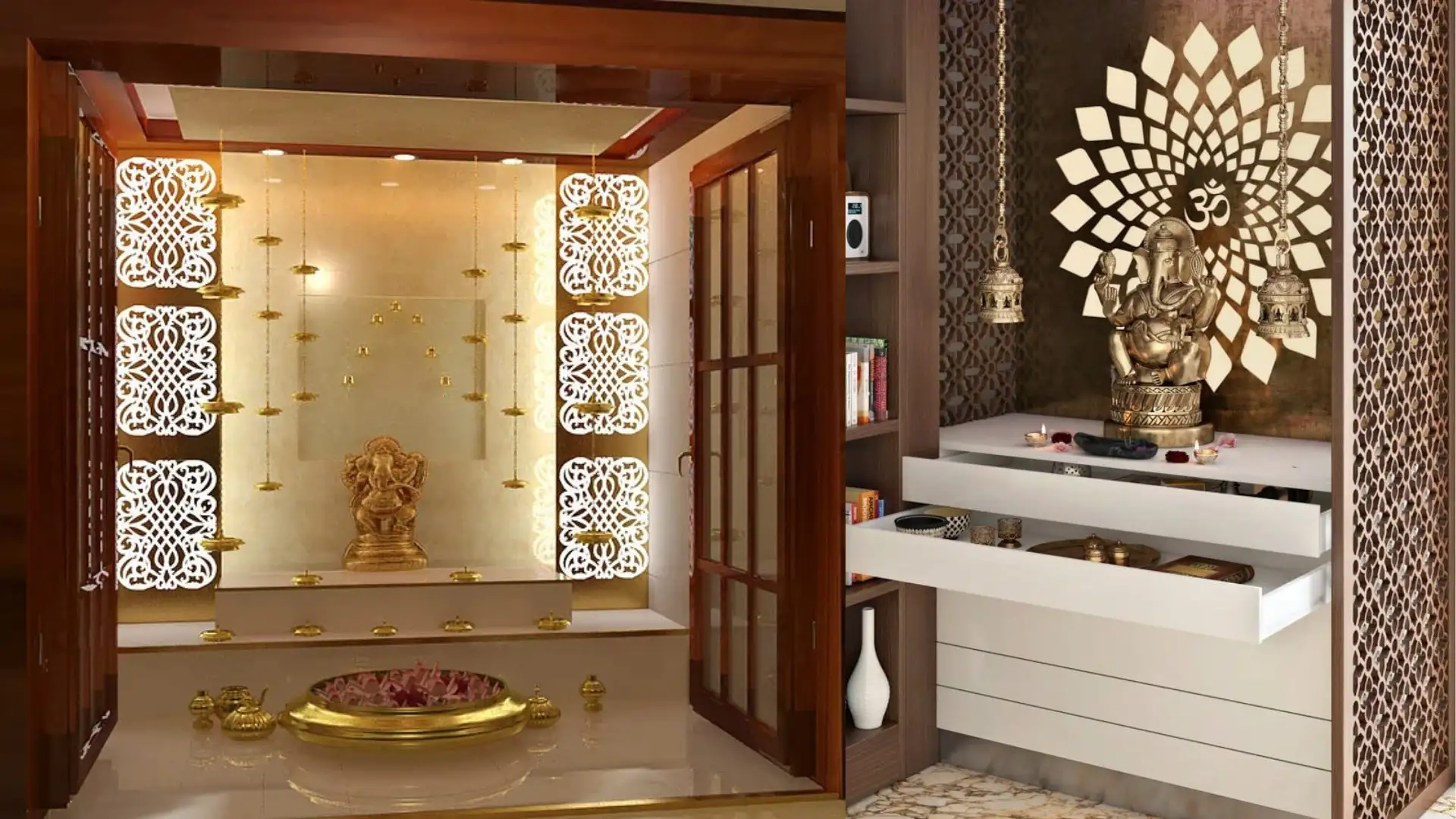
Credit: www.swamiinterior.in
How Can I Decorate My Puja Room on Diwali?
Diwali is one of the most popular festivals in India, and it’s a great time to decorate your home. If you’re looking for ways to spruce up your puja room for the holiday, here are some ideas:
- Get creative with rangoli designs. Rangoli is a traditional Indian art form that involves creating patterns with colorful powders or sand. It’s a beautiful way to add some color and flair to your puja room, and there are endless possibilities for designs.
- Hang diyas from the ceiling. Diyas are small oil lamps that are often used during Diwali celebrations. suspend them from the ceiling using fishing lines or thin wire, and position them so they cast a warm glow around the room.
- Decorate with flowers. Flowers are an essential part of many Hindu ceremonies and rituals, so they make a natural choice for decorating your puja room during Diwali. You can use fresh flowers or create garlands out of silk or paper ones.
- Place candles around the room. Candles add both light and ambiance to any space, making them perfect for setting the mood in your puja room on Diwali night. Choose scented candles if you want to fill the air with sweet aromas as well. LED lights in different colors can also be used instead of candles.
- Put up pictures of Hindu deities. Pictures or statues of Hindu gods and goddesses make excellent decorations for puja rooms. They create a sacred space where you can pray and worship during Diwali.
- Cover the floors with carpet or rugs. A nice touch for your puja room would be to cover the floor with a beautiful carpet or rug. This will help keep feet clean when people are coming in out of shoes, and it’ll also muffle noise levels.
- Add string lights around windows and doorways. String light will brighten the menu puja room and give it a more festive feel.
- Use fabric to create curtains, wall hangings, or tablecloths. Fabric can be used in many ways tobetterdecorateyourpujaroomforDiwall. You might opt for a colorful sari as a curtain top to rot city our deities from outside views when not in use or drape fabric over a painting mirror to add more color and life to your space.
- Bring nature inside with potted plants. Potted plants make lovely additions to puja rooms because they help connect us to the natural world around us. Choose plants that have meaningful symbolismforHinduism such as ashin’ Dugal ( Tulsi )or sacred fig( Ficus religiosa)
How Do You Set Up a Puja Room?
There is no one answer to this question as it depends on personal preference and beliefs. However, there are some general guidelines that can be followed when setting up a puja room. First, choose a clean and peaceful space in your home where you can set up your puja room.
This space can be as large or small as you like, but it should be dedicated solely to your spiritual practice. You may want to consider setting up your puja room in a place where you will not be disturbed during your meditation and prayer times. Once you have chosen the location for your puja room, begin by cleansing the space.
You can do this by smudging the area with sage or using another method of cleansing that is meaningful to you. Once the space has been cleansed, you can begin to set up your altar. Your altar does not need to be elaborate or expensive – it can be as simple or elaborate as you like.
The most important thing is that it is a sacred space for you to connect with the divine. Begin by choosing items that have personal meaning to you and that represent your spiritual beliefs. Common items used on altars include candles, statues or images of deities, crystals, and flowers.
Place these items on your altar in a way that feels right to you – there is no wrong way to do this. Once your altar is set up, take some time each day to meditate and pray in front of it.
How Can We Decorate Pooja Space?
One of the most important aspects of any Hindu home is the pooja room or space. This is where daily prayers and offerings are made to the gods and goddesses, and it is considered to be a sacred space. There are many different ways that you can decorate your pooja room, and it is really up to personal preference.
However, there are some general tips that you can follow in order to create a beautiful and peaceful space for worship. To start with, you will need to choose a suitable location for your pooja room. It should be away from any loud or busy areas of the house, and ideally in a quiet corner.
The room should also be well-ventilated and receive plenty of natural light during the day. Once you have found the perfect spot, you can start thinking about how to decorate it. One of the most important things to consider is what type of deities you will be worshipping in your pooja room.
If you are unsure, then it is best to consult with a priest or pandit who can advise you on which gods and goddesses would be most appropriate for your home. Once you have this information, you can start sourcing images or statues of these deities. These can either be placed on an altar or shelf or hung on the walls around the room.
In addition to images of the gods and goddesses, there are other decorations that can be used in your pooja space. Fresh flowers are always lovely, as they represent new beginnings and purity. You could also use scented candles or incense sticks to create a relaxing atmosphere during prayer time.
It is also common to place fruits or vegetables on the altar as offerings; again, consult with a priest or pandit if you are unsure about which items are suitable offerings for specific deities. Finally, remember that cleanliness is very important in Hinduism so make sure that your pooja room is kept tidy at all times!
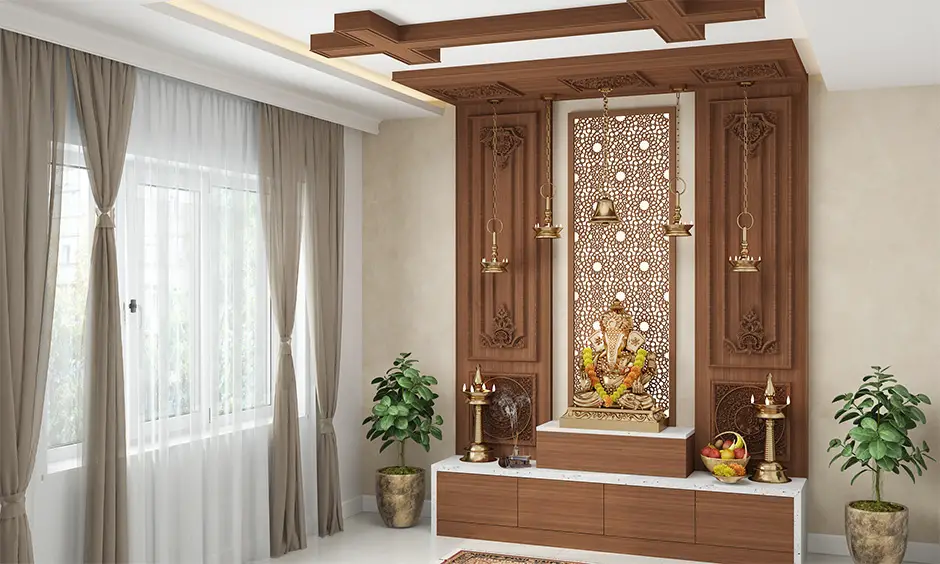
Credit: www.designcafe.com
Which Colour is Best for Pooja Room?
There are a number of different schools of thought when it comes to choosing the best color for a pooja room. Some believe that white is the ideal color, as it represents purity and cleanliness. Others believe that yellow or green are better choices, as they represent growth and new beginnings.
Still, others believe that red is the best color, as it is associated with energy and vibrancy. Ultimately, the decision of which color to use in a pooja room is a personal one and should be based on what you feel will create the most sacred space for your practice.
2 Simple pooja background decoration ideas || Quick pooja background decoration for viral Laxmi pooja.
Conclusion
The post begins by discussing the importance of puja in Hinduism and how it is a ritualistic act that helps to connect oneself with the divine. It then goes on to give some tips on how to decorate the puja place, such as using flowers, incense, and candles. The author also suggests creating a sacred space by setting up an altar or shrine.
